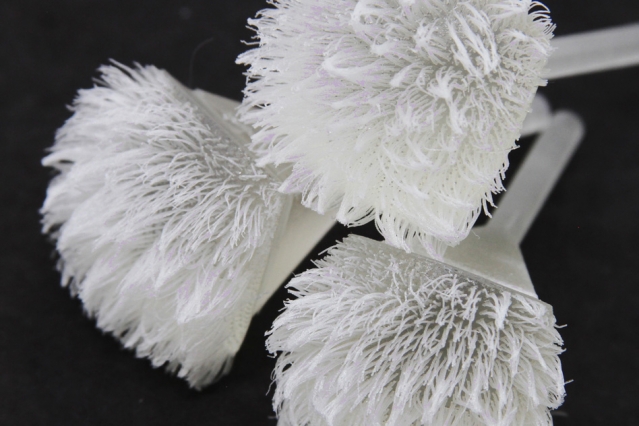3D holograms are ready to transform the way people access media content or share them, and so is the industry.
Gone are the times for wondering if holographic displays were the outcome of an outer space technology, seeded into fantasy by Star Wars. Whether Tony Stark, or not, individual consumers might be able to lay their hands on similar fascinating devices available in market. A much toned-down version of what motion pictures describe, is brought by manufacturers at a certain price. The screenless display market segment currently offers eyewear that create virtual reality through 3D holographic projections. More advanced options, of flaring up an entire responsive display system at the touch of a button, are yet to come. According to a report by Allied Market Research, analysts expect substantial rise in adoption and eventual growth of 3D hologram segment in recent future.






